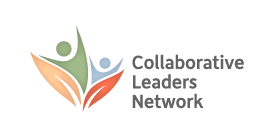The goal of this stage is to decide whether to launch a community engagement process, and if so, to allow for its joint design by the group participants and process design team.
If the decision is made to go ahead with a community engagement process, the subsequent work of this stage involves designing a structure for the first meeting of the group and then establishing a framework that allows for participants and the process leaders to jointly design the process going forward.
Part way through the walkabout, ideas start to form about the best ways to organize the process that is about to begin. The team working on the project meets regularly to download from any recent community interactions and to discuss other events in the community that might impact the project. Information about community attitudes (both the larger context and specific views of the sponsoring organization) can be used as a basis for planning the meetings. With later interviewees, it’s possible to run process ideas by participants as they are formulated. For example, “We’re hearing such-and-such about a certain issue — does that sound right to you?”
The value of a senior executive leading this process is that it sends a message to the community and to the company about just how important the issue, the process, and the relationship with the community are.
